4 steps for making your own home compost
Recycle garden and kitchen waste to get an environmentally friendly soil improver for healthy plants.
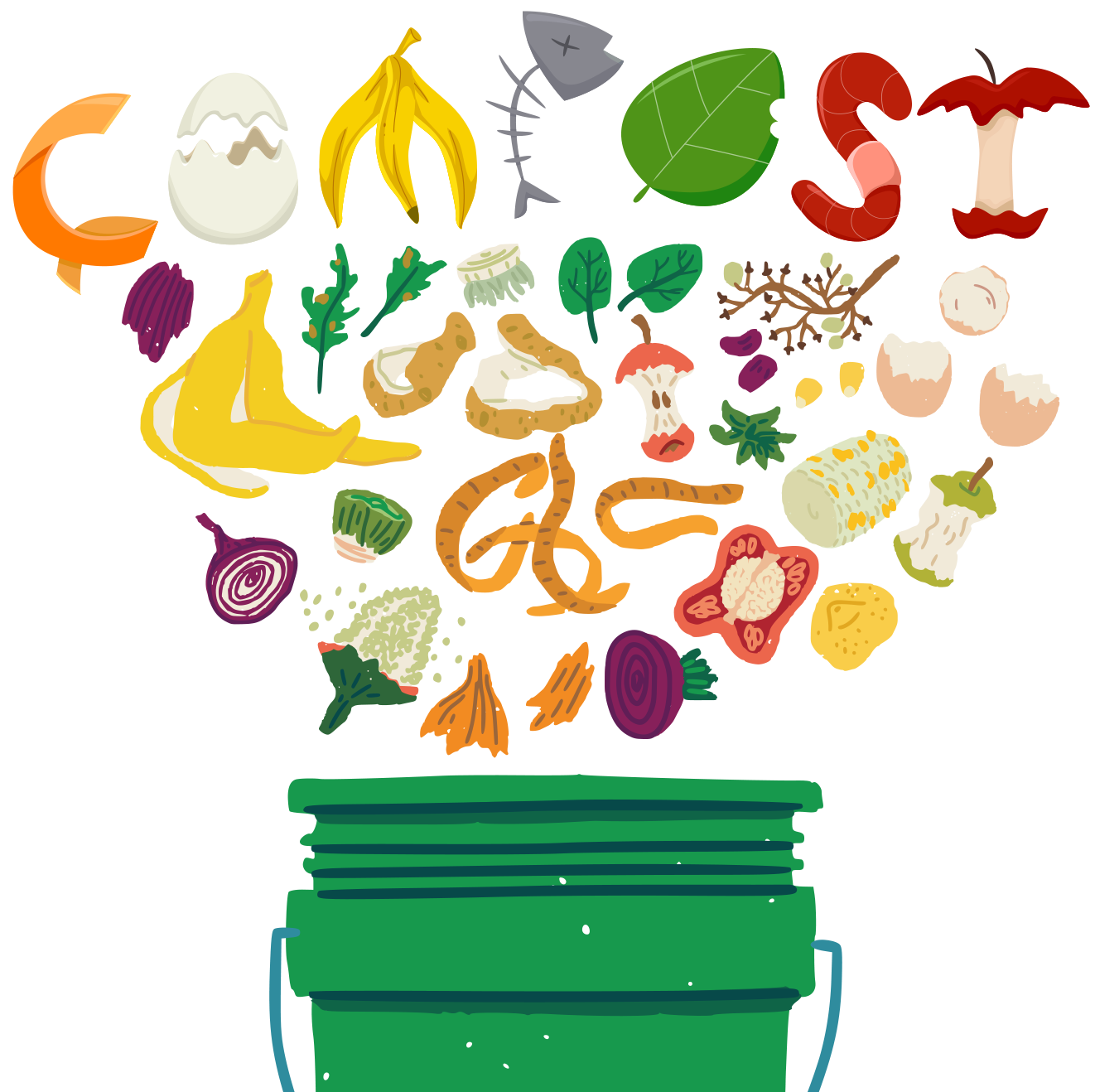
Whether it’s for improving your soil, mulching around shrubs or potting up new plants, homemade compost is a valuable asset in the garden.
There’s a lot of myths around making compost and it’s easy to get lost or deterred from making your own. By following our four handy steps, you’ll become an expert in no time.
Step 1 – Get to know your greens and browns
There are two main players in any successful compost pile, carbon-rich ingredients, and nitrogen-rich ingredients.
The carbon-rich team is often referred to as “browns,” because they include things like cardboard, straw, wood chips, woody stems, and dried leaves.
In the nitrogen-rich “green” team are fresh leaves, fresh grass clippings, manures, and vegetable scraps.
You’re going to need at least one source of each for your pile and our handy list shows what can be used.
Top Tip: Always start a new compost pile with a loose layer of browns on the bottom, to a depth of around 20cm or 8 inches. Scrunched paper and cardboard, whole egg boxes or wood chips are ideal. This layer will absorb moisture from the pile above and keep things well-aerated, avoiding a rotten mess.
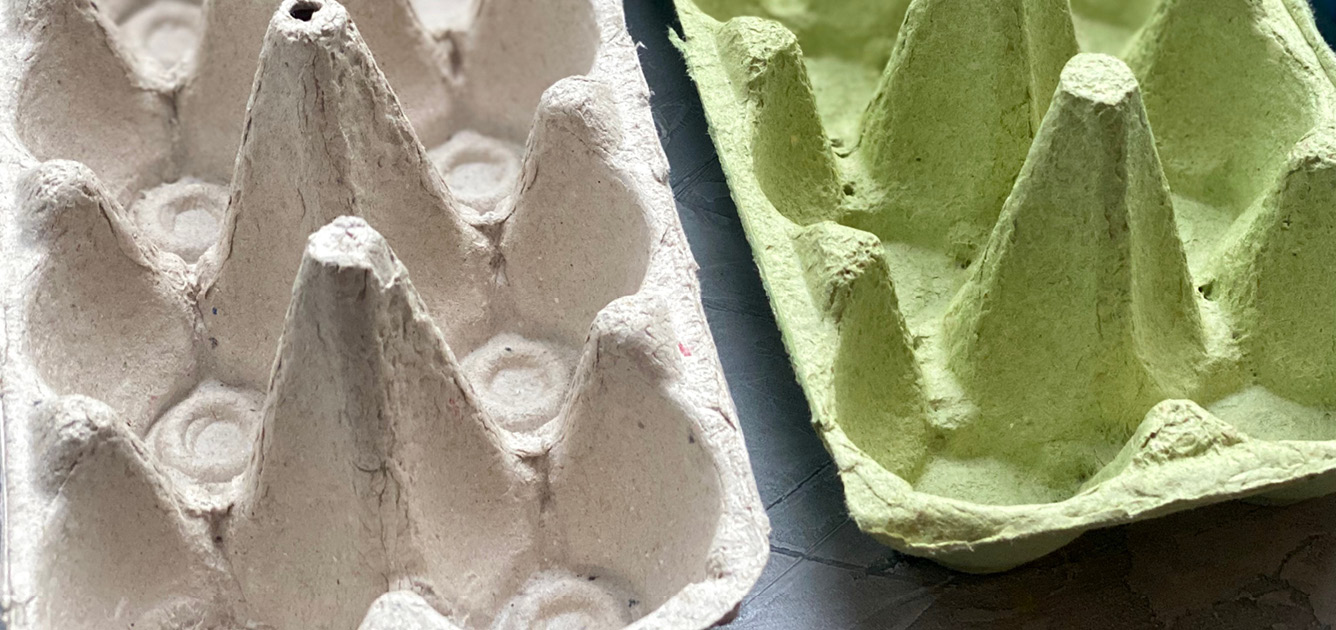
Browns such as egg boxes, scrunched paper, cardboard or wood chips are ideal new compost pile starters.
Step 2 – Get the right balance
In nature, all organic matter will eventually decompose and feed the soil. However, this process can be sped up or slowed down by changing the ratio of the green nitrogen and brown carbon available.
For everyday home composting, the rule of thumb is a mix of 3 to 4 parts of brown material to 1 part green, working by volume not weight. The greens should be added in thin layers, rather than in little piles, so that it’s in contact with all the brown material.
Sometimes problems can occur but there’s a few obvious indicators that provide valuable feedback.
When there’s too much green material present, the heap will become really wet, slimy and smelly. The answer is to add some more brown material to help absorb the excessive moisture – shredded paper or straw is ideal for quickly resolving this.
When there’s too much brown material, the pile will be very dry, slow to decompose and there will be an absence of heat. The solution here is to mix in some green material, such as food peelings, to kick start the process again. However, it’s always better to have more browns in a compost pile than greens, as the worst that can happen is that it takes longer to decompose.
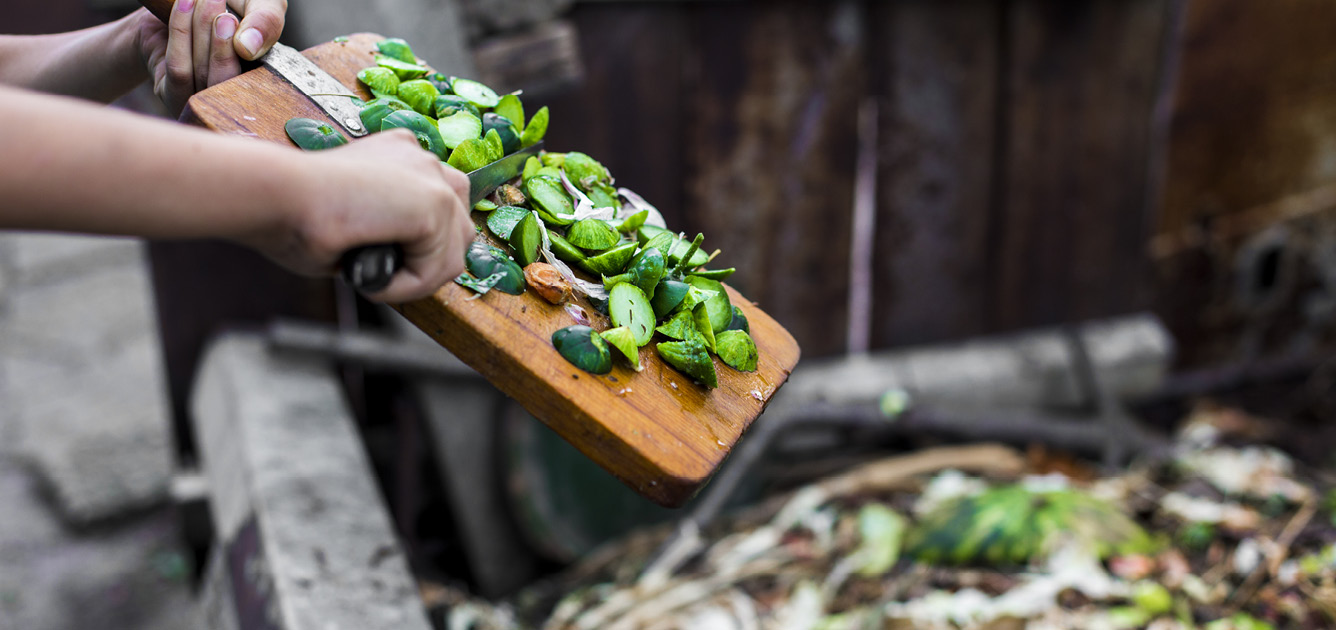
Greens should be added in thin layers so that it’s in contact with all the brown material.
Step 3 – Keep things covered
Compost heaps work best when they are covered, as this gives protection from rainfall, helps retain heat, reduces odours, and slows evaporation.
Coverings can be natural, such as a thick mulch of cardboard, leaves, straw, or dried grass clippings or artificial such as an old tarp or carpet. The benefit of a natural coverings is that they can be used as an ingredient in your next heap.
By protecting the heap from the elements above, you allow all the organisms below to focus on playing their role in the decomposition cycle. When you’re ready to add more material, carefully pull back the covering and add your new layers.
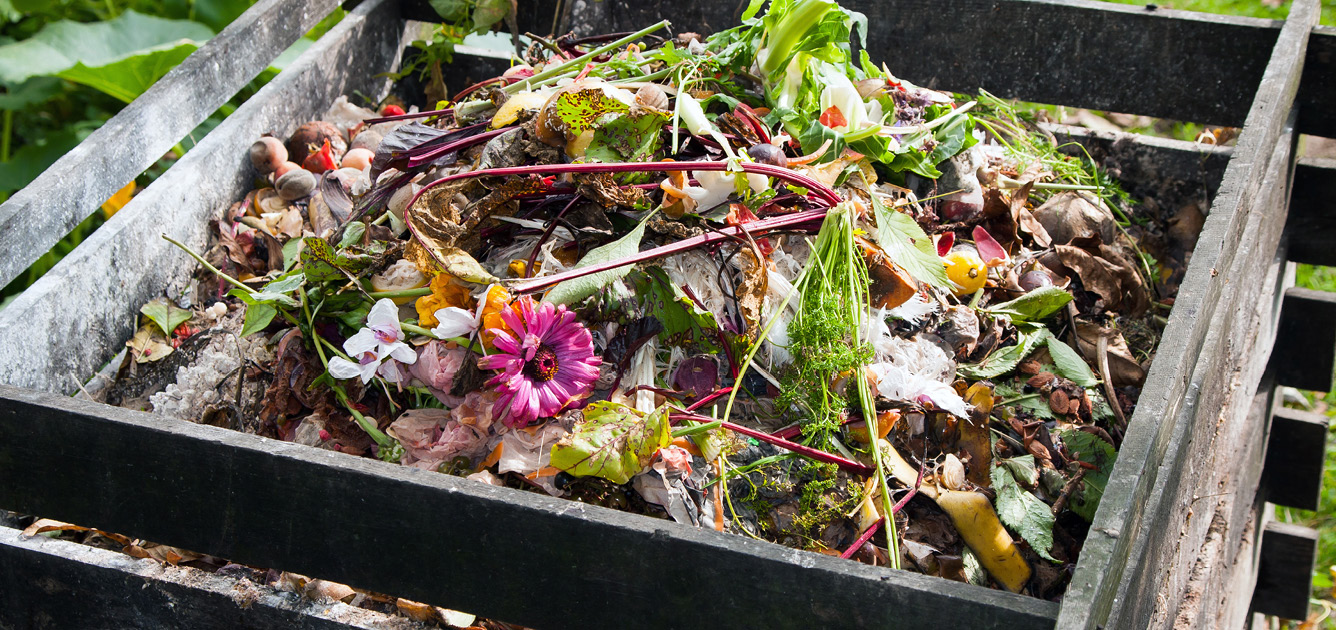
Become familiar with your heap and fine-tuning it by adjusting the ratio of greens and browns.
Step 4 – Be patient
In our cooler UK climate, compost making is best practiced with patience. However, success can be further improved by observing what the pile needs and by adjusting the ratio of greens and browns. If in doubt, it’s always safer to add some more brown material.
Once the heap transforms into a dark crumbly soil-like substance it is ready to be used. It will continue to mature over the next six months, with other soil life refining it into something truly magical for your plants.
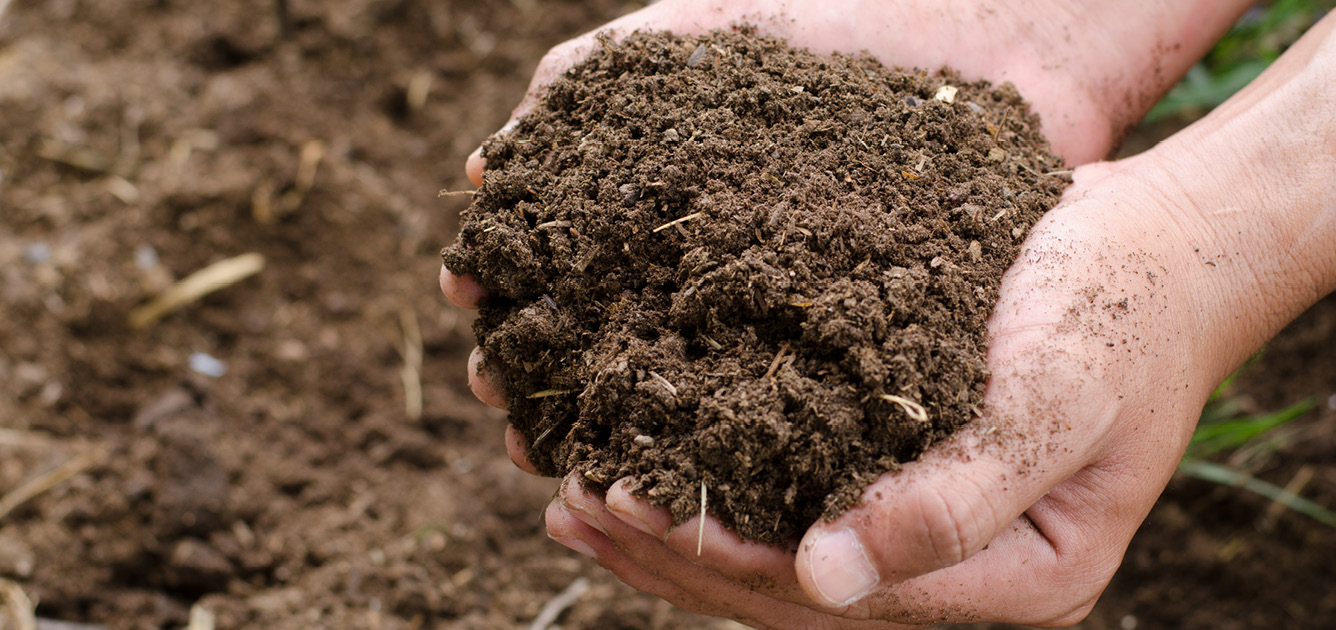
Once the heap transforms into a dark crumbly soil-like substance it is ready to be used.
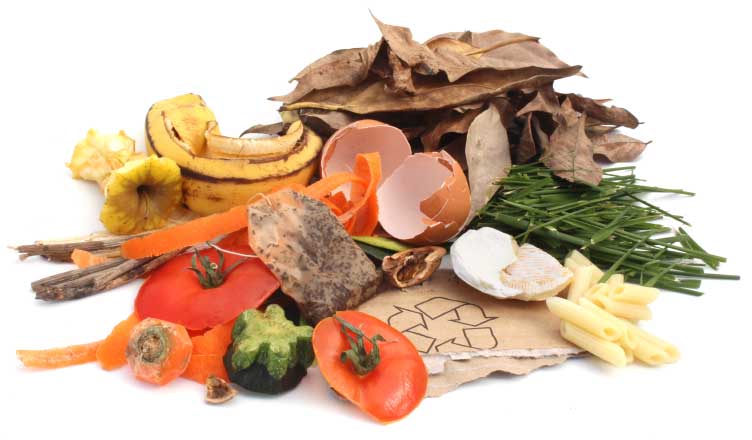
What to add to your compost bin – and what to leave out

Look out for our green gardening badge in our centres.
